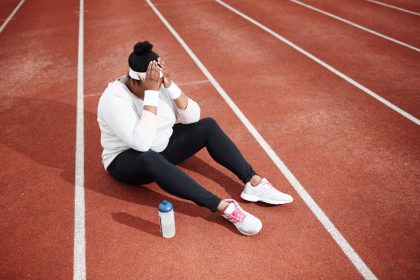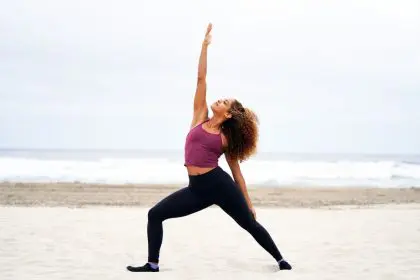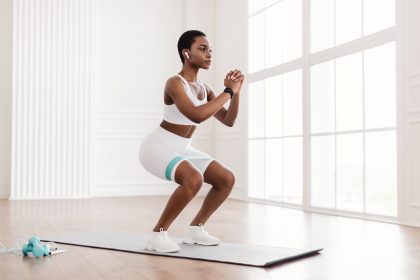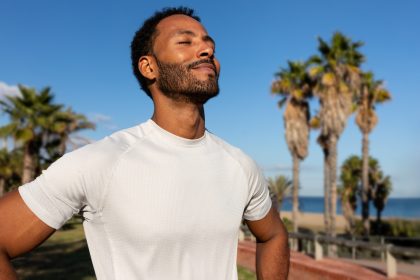Expert physical therapists reveal essential stretches for healthier hips and back
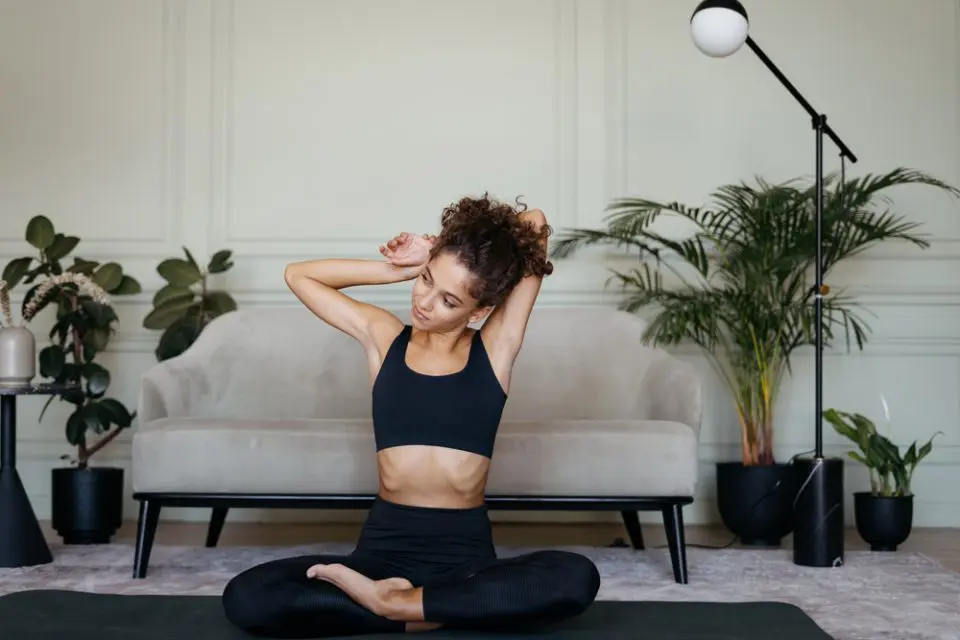
The foundation of movement
Understanding glute stretches goes beyond aesthetics. These exercises form the cornerstone of healthy movement patterns and improved daily mobility. Physical therapists stress their importance in maintaining lower body function while helping to prevent discomfort and injuries.
Anatomical significance
The gluteal muscle group plays a pivotal role in supporting and stabilizing the body during movement. It consists of three key components:
Gluteus maximus
This is the largest muscle in the group and one of the strongest in the human body. It plays a vital role in hip extension and supports upright posture. From walking up stairs to standing up from a chair, the gluteus maximus powers many everyday movements.
Gluteus medius
Sitting on the outer edge of the hip, this muscle is essential for hip stability. It helps keep the pelvis level during activities like walking and running, especially when standing on one leg.
Gluteus minimus
The smallest of the group, the gluteus minimus works closely with the gluteus medius to control precise hip movements, aiding in balance and side-to-side motion.
Strategic timing
Timing is everything when it comes to reaping the benefits of glute stretches. Experts suggest tailoring your approach to suit different parts of the day or physical activities:
Dynamic stretches before exercise
Dynamic stretches help increase blood flow, warm up the muscles, and prepare the body for movement. They are essential before engaging in workouts to minimize the risk of injury.
Static stretches post-workout
After physical activity, static stretches can promote muscle recovery by releasing tension and enhancing flexibility.
Daily stretching for maintenance
Incorporating regular stretching into your routine can help prevent stiffness, improve mobility, and support overall lower body health, even on rest days.
Essential stretches
Here is a detailed guide to some of the most effective glute stretches:
Morning mobility
Starting the day with gentle stretches can awaken the muscles and set the tone for better movement:
Hip 90-90 variation
Sit on the floor with one leg bent in front at a 90-degree angle and the other leg bent behind at the same angle. This position opens the hips while targeting both glutes. Lean slightly forward to deepen the stretch.
Modified pigeon pose
A beginner-friendly version of the classic yoga pose, this stretch involves bringing one leg forward into a bent position while extending the other leg straight behind you. It releases tension in the glutes and hips.
Gentle lying figure four
Lie on your back with both knees bent. Cross one ankle over the opposite knee and pull the supporting leg toward your chest. This stretch alleviates tightness in the glutes and lower back.
Post-workout recovery
After exercise, these stretches can aid in muscle recovery and flexibility:
Deep squat holds
Lower into a deep squat position, keeping your heels on the ground and chest upright. This stretch activates and lengthens the glutes while opening the hips.
Downward dog variations
From the traditional downward dog yoga pose, bend one knee and stretch the opposite leg back to isolate the glutes. Alternate sides for a balanced stretch.
Supine twist sequence
Lie on your back with one leg extended and the other bent. Gently guide the bent knee across your body while keeping your shoulders grounded. This twist targets the glutes and lower back.
Expert implementation
To maximize the effectiveness of glute stretches, proper technique is crucial. Attention to form and controlled breathing ensures that each movement achieves its full potential without strain.
Physical therapist Alex Germano highlights the transformative effects of consistent glute stretching. “Many of my patients experience improved balance, enhanced flexibility, and reduced lower back pain when they prioritize their glutes,” Germano explains. By focusing on alignment and gradually increasing stretch intensity, practitioners can build long-term strength and resilience.
Why glute health matters
The benefits of glute flexibility and strength extend beyond athletic performance. Functional glutes enhance posture, reduce stress on the lower back, and support efficient movement in daily life. Whether climbing stairs, carrying groceries, or running errands, healthy glutes make every task easier and more comfortable.
Moreover, addressing tightness or weakness in this muscle group can prevent common issues like lower back pain, hip discomfort, and knee strain. Stretching and strengthening the glutes create a ripple effect of positive changes throughout the body, supporting better alignment and injury prevention.
Moving forward
Incorporating glute stretches into your daily routine doesn’t require hours of effort. Even a few minutes of focused stretching each day can lead to significant improvements in mobility and overall well-being. By adopting these expert-recommended strategies, you can unlock a new level of pain-free movement and functional strength.

